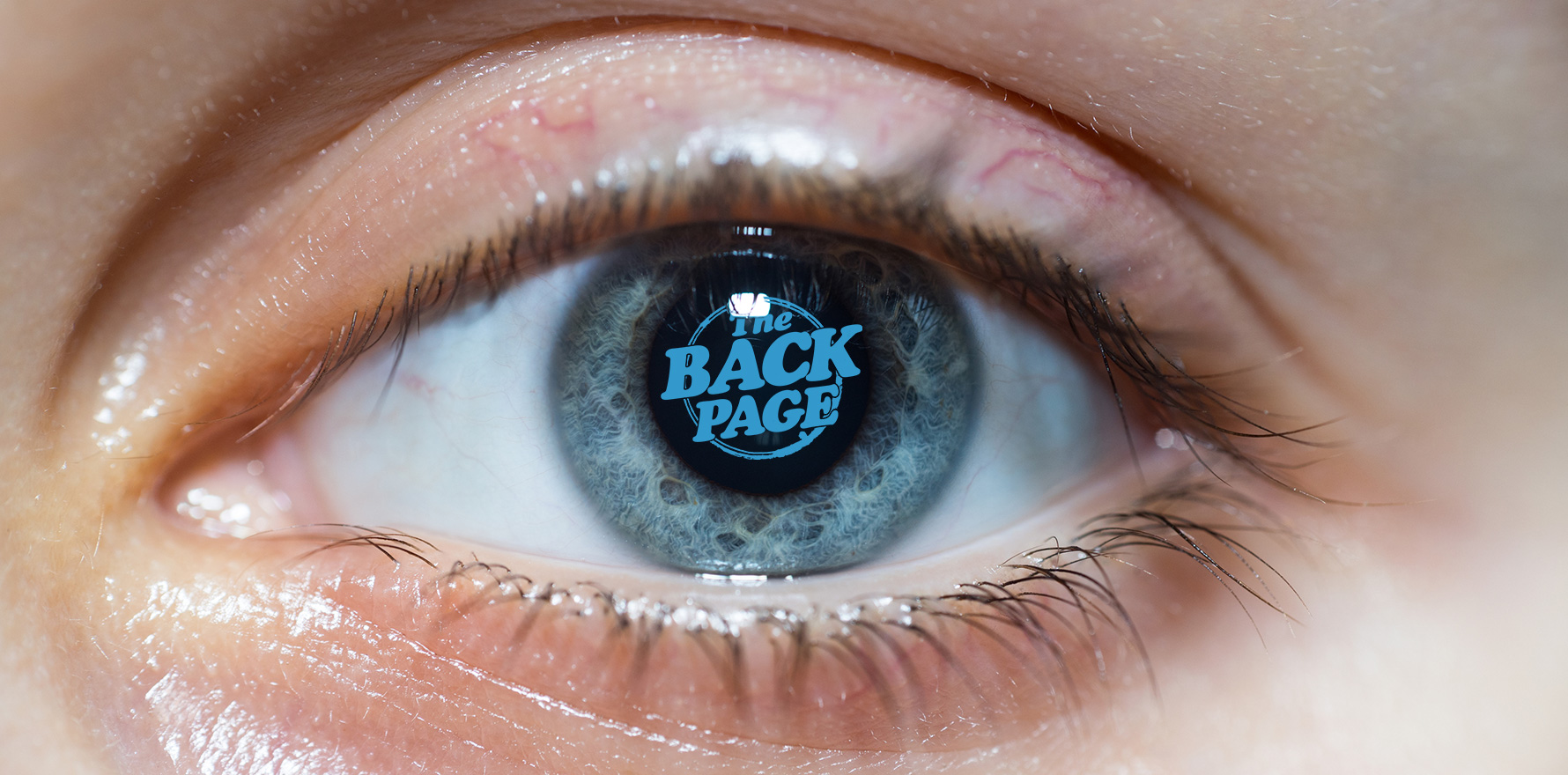Smaller pupils and larger irises are more beautiful, a new study finds.
It’s not breaking news that people do some silly things to look good.
Plastic surgery addiction is only the most recent expression of an understandable human instinct gone off the rails. From Elizabeth I’s white lead makeup to the Victorian tapeworm diet to the women who painted radium on their teeth in the 20s to make them glow, the pursuit of beauty has driven us to some very ugly and life-threatening extremes.
Stumbling out of the opthalmologist with stinging eyes and blurry vision after a dose of atropine makes the Back Page feel very quattrocento chic, since putting drops of Atropa belladonna in the eyes to enlarge the pupils was all the rage in Renaissance Venice. The lethal toxin’s beautifying properties are baked into the official name – though we think “deadly nightshade” is much cooler while also more accurate.
Prolonged use of this muscarinic antagonist to block pupil constriction was reputed to cause blindness, but anything to look cute, right?
Wrong, according to a new study in Cognition – published only 500 years too late for those ladies – which suggests they were barking up the wrong poisonous tree.
A team led by an assistant professor of marketing at the University of Amsterdam conducted a series of experiments (with a total sample size of around 3000) to answer the burning question of whether people look more attractive with bigger blacker pupils or bigger brighter irises.
Either is plausible, the authors say: pupil size decreases with age, so in keeping with our love of youth, big pupils should win. However, more iris means more brightness and more colour.
Previous studies – they are far from the first to investigate this pressing issue – have produced mixed results.
When participants were asked to choose the more attractive of two photos, one with digitally constricted and one with digitally dilated pupils, the constricted versions were chosen significantly more often.
With this as one of the sample images, the Back Page is unsure how we’d choose. The small-pupil pair look quite uncanny. On the other hand, if we met the large-pupil pair at, say, a nightclub, we’d be more interested in hooking up with their recreational substance provider.

When participants were asked to rate the attractiveness on a sliding scale of eyes in a dilated, neutral or constricted state, there was a linear relationship between constriction and attractiveness.
These effects were preserved when the photos were black and white, meaning it was not the specific colour of irises that were rated attractive, but their brightness.
Pupil size is a more modifiable beauty factor than nose size, as the authors helpfully point out: “Our results suggest that bright lighting therefore can also render one’s eyes more attractive, though of course any such positive effect of iris exposure may trade off against increased visibility of other facial features (e.g., skin).”
Pretty eyes or flaw-free skin … your choice.
“Whether through lighting conditions, contact lenses, social media filters, or beauty enhancement apps,” they conclude, “our research reveals a small but impactful way in which people can modify their appearance to enhance their attractiveness and improve others’ perceptions of them.”
Social media apps – like the Chinese Meitu, which allows users to modify their pupil size – may be socially toxic, but at least we’re not squirting alkaloids into our eyes much these days.
Progress, sort of!
Send your most irresponsible beauty advice to penny@medicalrepublic.com.au.


